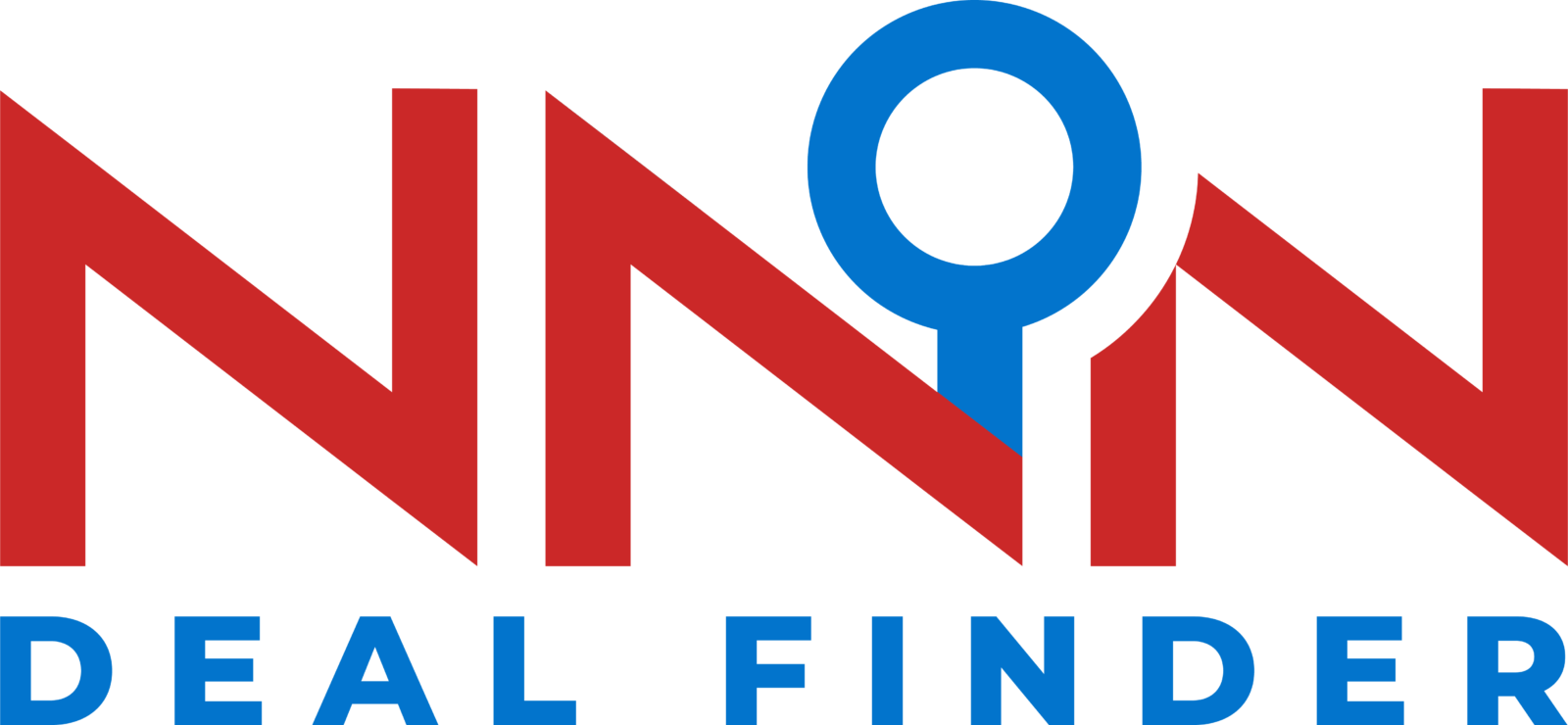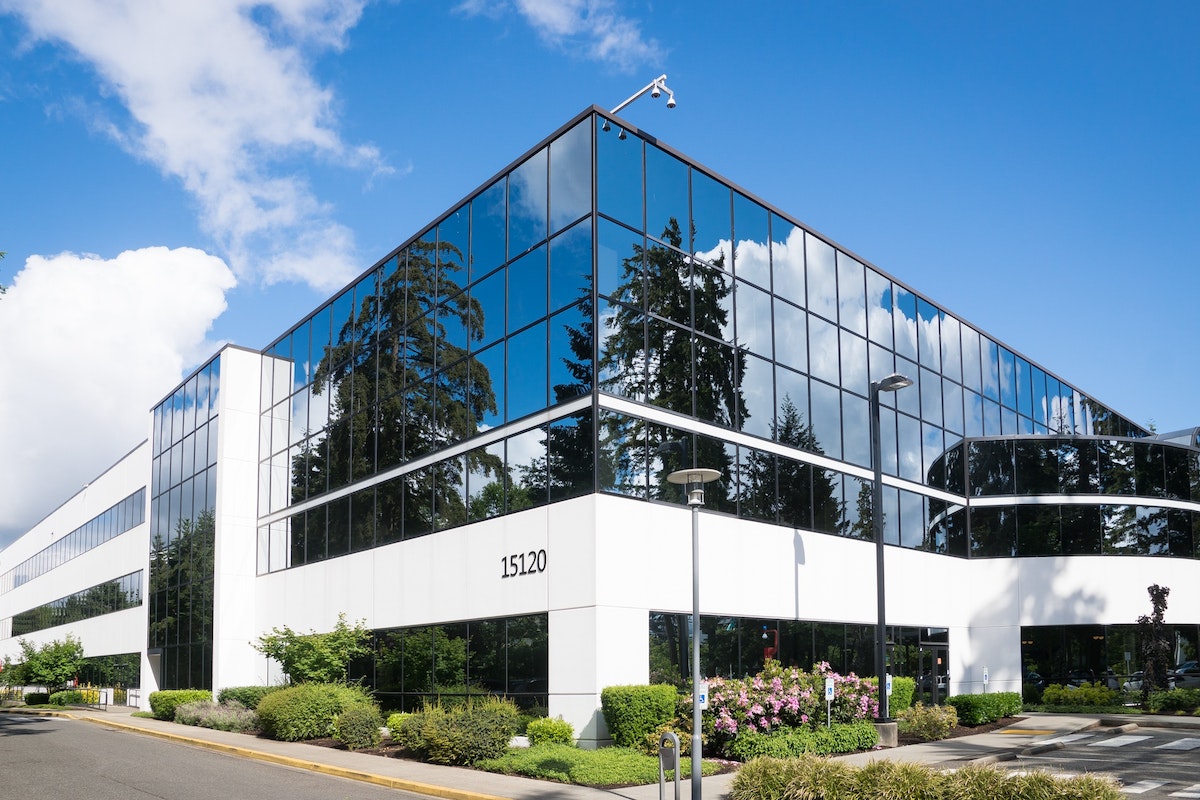A cap rate or capitalization rate is a valuable metric used by investors and real estate professionals to evaluate and compare potential investments, primarily in income-generating properties such as rental property. At its core, the cap rate is a formula that calculates the ratio between a property’s net operating income and its market value and is often expressed as a percentage. This means it reveals the potential return on an investment property, excluding any mortgage payments or other financing costs.
The net operating income is essentially the annual income generated by the property after deducting operating expenses, while the market value pertains to the purchase price or the current property asset value. The beauty of the cap rate lies in its ability to calculate, with a degree of accuracy, the potential returns on a real estate investment, enabling a clear comparison of different property options.
Like any formula, the hurdle for investors, especially those starting in real estate, is having a comprehensive understanding of the different variables that determine the cap rate. There are several factors to take into consideration when calculating the cap rate for an investment property. This might cause a little bit of confusion as different professionals and investors might consider using different metrics to determine the rate. But, ideally, as we mentioned in the beginning the most important variables are the net operating income and market value of the property. The following section is a detailed look at these variables.
Key Investment Variables that Determine Cap Rate
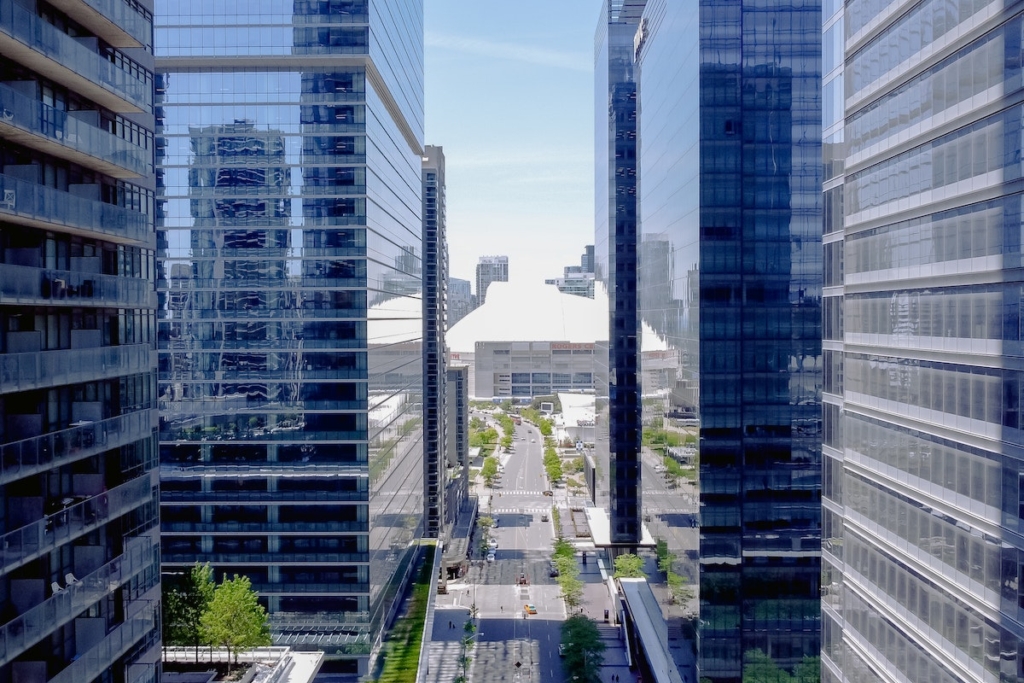
Real estate investing stands as a great avenue for creating wealth and providing consistent cash flow. There is also the potential for asset value appreciation for both commercial and residential rental properties. To comprehensively understand the cap rate formula, it’s important to familiarize yourself with other variables that are also crucial in investing.
Net Operating Income (NOI)
One fundamental principle of real estate investing lies in understanding operating expenses. These are costs associated with maintaining and running a property, such as repairs, maintenance, insurance, and property management fees. These expenses must be deducted from the total rental income earned from a property to determine the net operating income (NOI). NOI is a key figure in assessing the profitability of rental properties.
Cash Flow
Cash flow, another integral concept, refers to the amount of money that is left over after all operating expenses have been paid. Positive cash flow means your rental income exceeds your operating expenses, leading to a profit. Understanding how to manage and increase cash flow is a critical skill for successful real estate investors. Cash flow does not factor in the formula for cap rate, but is crucial in determining the NOI and the estimated market value of the property.
The Current Market Value of Property
Finally, understanding the real estate market and how to accurately assess a property’s current market value is also key. This will allow you to determine whether a property is priced appropriately and how it compares to similar properties in the area. The current market value is also critical when you calculate the cap rate.
Why Cap Rate Matters in Real Estate Investment

The cap rate formula is a powerful tool for investors, helping determine the property value and potential return on an initial investment. If you are contemplating an investment in rental properties, for instance, the cap rate can guide you in choosing a property that offers a favorable return relative to the market value. Moreover, the cap rate can help investors to anticipate cash flow from the property, an essential aspect of managing operating expenses and maintaining a profitable investment.
As an investor, you should understand that a high cap rate could suggest a higher potential return, but it may also come with higher risk. Conversely, a lower cap rate often indicates less risk, but the return might also be lower. In essence, the cap rate provides insight into the balance between risk and return in a real estate investment.
Crucially, the cap rate is affected by changes in the real estate market. As such, you’ll need to keep an eye on market fluctuations and reassess the cap rates of their properties accordingly. By keeping the cap rate in perspective along with other valuation metrics and market factors, you can make better investment decisions which in turn could bolster your real estate portfolios, and better navigate the dynamic terrain of the property market.
Interpreting Cap Rate: High vs. Low
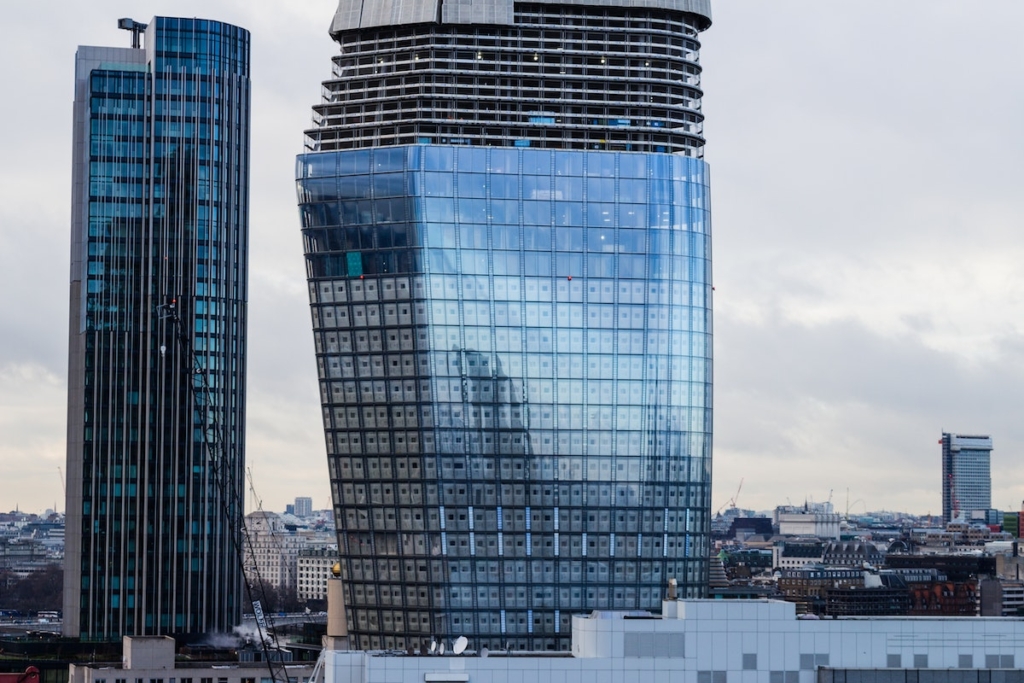
Understanding the implications of cap rates is key to making savvy investment decisions. However, interpreting these rates, particularly the difference between higher and lower cap rates requires a nuanced understanding of market dynamics and other influencing factors.
High Cap Rates
A higher cap rate typically implies a higher potential return on your investment property. However, it can also signal a greater level of risk associated with the investment. This might be due to several factors, including property location, the state of the property, tenant stability, and market volatility. Despite the potential for higher returns, a higher cap rate could also indicate a less desirable property in terms of its income stability or potential for appreciation.
Low Cap Rates
A lower cap rate often signifies a lower potential return but comes with reduced risk. Lower cap rate properties are frequently more stable and established, often located in prime markets with high demand and low vacancy rates. This stability can lead to consistent income and potential property appreciation, factors that can make a lower cap rate property a ‘good cap rate’ investment in the eyes of certain investors.
How Does Interest Rates Impact Cap Rates?
Moreover, interest rates can significantly influence cap rates. When interest rates rise, cap rates tend to follow suit, as investors expect a higher return to offset the increased borrowing costs. Conversely, when interest rates fall, cap rates often decrease as well. Generally, there’s no one-size-fits-all answer to defining a ‘good cap rate’. The ideal cap rate for an investor will depend on their individual risk tolerance, investment objectives, market knowledge, and other investment factors.
What Does a High Cap Rate Mean?
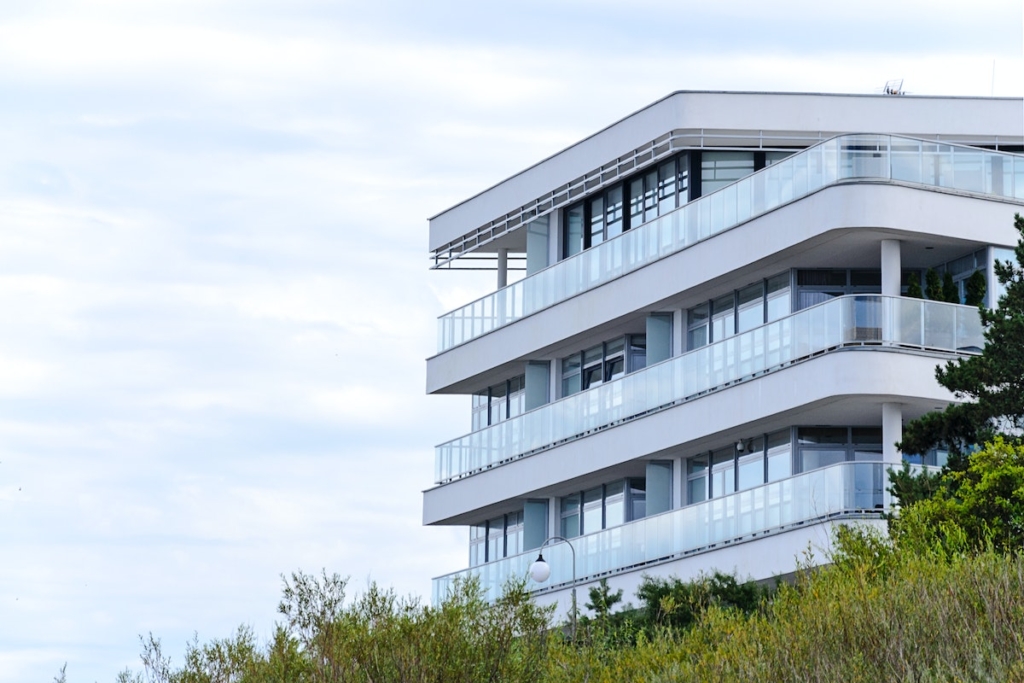
A high cap rate signifies that the ratio of the property’s net operating income to its market value is elevated, which, in theory, could suggest a greater potential return on investment. However, as we’ve mentioned in the previous section, a high cap rate also often indicates higher perceived risk. This elevated risk could stem from various factors such as the property’s location, its condition, the quality of tenants, or market volatility. For example, if a property is in a less desirable location or requires significant upkeep, investors may demand a higher return to compensate for these factors, reflected in a higher cap rate.
Consequently, a high cap rate doesn’t automatically equate to a superior investment. Rather, it’s a signal to investors to dig deeper into the underlying factors contributing to that rate. It’s crucial to thoroughly analyze the property, its cash flows, the stability of its income, and its potential for appreciation, among other factors.
In essence, a high cap rate often means a higher potential return, balanced against a potentially higher degree of risk. But, it should also signal that further assessment of the property needs to be done to comprehensively understand whether the investment aligns with your risk tolerance and long-term investment goals.
An Example of a High Cap Rate on an Investment Property
So, let’s walk through a simple example of a high cap rate on an investment property. Consider a commercial building for sale in a suburban area, listed for $1,000,000. This property generates an annual rental income of $150,000. However, running this property incurs operating expenses such as maintenance, property taxes, and insurance, which total $50,000 per year. This results in a net operating income (NOI) of $100,000 ($150,000 – $50,000).
The cap rate is calculated as the net operating income divided by the property’s purchase price. In this case:
Cap Rate = Net Operating Income / Purchase Price
= $100,000 / $1,000,000
= 0.10 or 10%
A cap rate of 10% is considered high compared to a cap rate in a prime location, which might typically range between 3% and 7%.
This high cap rate could indicate a higher potential return, but it also likely signals a higher level of risk associated with the investment. Perhaps the property is older and needs significant upkeep, or it’s located in an area with lower demand for commercial real estate, leading to higher vacancy risks.
Pros and Cons of Investing in High-Cap Rate Properties
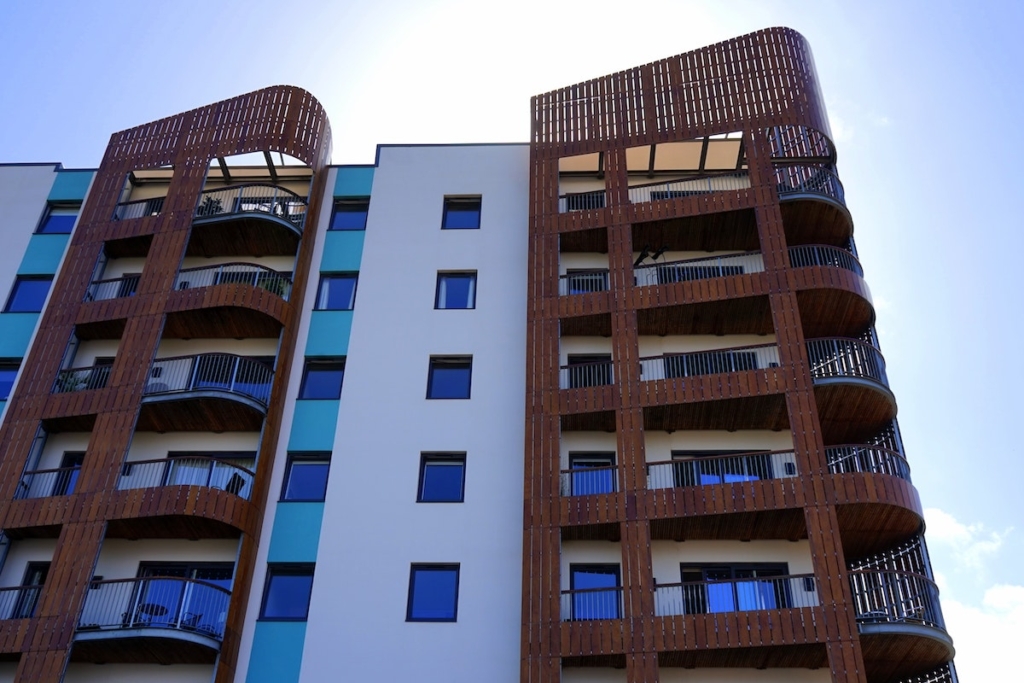
Investing in high-cap rate properties presents both advantages and challenges to property investors. To illuminate this, let’s explore the pros and cons, bringing in practical considerations such as the capitalization rate formula, the Gordon growth model, and factors affecting cap rates.
Pros of Investing in High-Cap Rate Properties:
Potential for Higher Returns
A high cap rate usually implies a higher potential return on the original capital cost of the investment, as the cap rate measures the ratio of net income to property value. For instance, taking average cap rates across various property types, a property with an above-average cap rate could yield higher returns than those with lower cap rates.
Potential for Value Appreciation
If property investors manage to improve the property or the surrounding area improves, property prices may increase, leading to capital gains. This, combined with higher rents, can significantly enhance returns.
Use of Leverage
With a high cap rate, it might be possible to achieve positive leverage (where the return on borrowed funds is higher than the cost of borrowing), thereby enhancing the return on equity.
Cons of Investing in High-Cap Rate Properties:
More Risk on Investment
Higher cap rate properties typically come with more risk. This could be due to factors like the location of the property, the stability of its income, the quality of tenants, or the condition of the property.
Possibility of Increased Property Management
High cap rate properties often require more intensive property management. These properties might need more maintenance or have more tenant turnover, increasing operating costs and potentially decreasing net income.
Uncertainty of Future Income
While a high cap rate might look attractive today, it does not guarantee future income. Market conditions, tenant behavior, and other variables can significantly affect the stability of the income stream from a property.
The gross rent multiplier is another metric that can be used in conjunction with the cap rate to assess the attractiveness of an investment. A lower purchase price relative to gross rents (a lower gross rent multiplier) can often indicate a more attractive investment, particularly if the property generates stable income.
Factors Influencing Cap Rate

Understanding the variables that influence the capitalization rate, can provide critical insights when assessing potential investments. Here are several factors that can affect a property’s cap rate.
Property Location
The geographical location of a property significantly influences its cap rate. Properties in high-demand, low-risk areas, such as city centers or affluent neighborhoods, often have lower cap rates due to the perceived stability of these investments. Conversely, properties in less desirable or higher-risk areas may command higher cap rates as a result of the increased risk associated with these investments.
Interest Rates
Changes in interest rates can have a substantial impact on cap rates. When interest rates rise, borrowing costs increase, often leading to higher cap rates as investors seek a higher return to offset the increased cost of capital. Conversely, when interest rates fall, cap rates often decrease as the cost of borrowing is reduced.
Property Condition and Age
The condition and age of a property can also affect its cap rate. Older properties or those in need of significant repairs often have higher cap rates to compensate for the additional costs and risks associated with maintaining these types of properties. On the other hand, newer or well-maintained properties typically have lower cap rates due to the perceived lower risk and less required maintenance.
Market Conditions
Broader market conditions, such as the state of the economy, can also impact cap rates. During economic downturns, investors may demand higher cap rates to account for increased risks. In contrast, during periods of economic growth, cap rates may decrease as investor confidence increases.
Tenant Quality
The quality of tenants can also affect a property’s cap rate. Properties with high-quality, reliable tenants usually have lower cap rates due to the predictable income stream. In contrast, properties with less reliable tenants may have higher cap rates to reflect the potential for rental income instability.
In summary, numerous factors can influence a property’s cap rate, and it’s crucial for investors to take these into account when making investment decisions. By understanding these factors, investors can better predict potential returns and navigate the complexities of the real estate market.
Summary of High Cap Rates
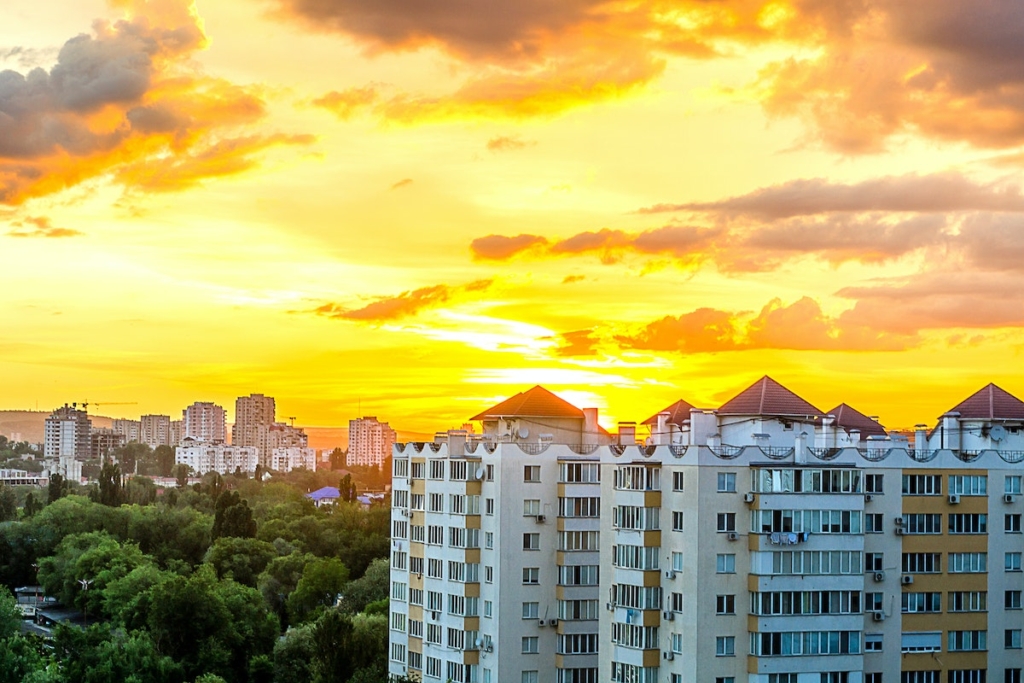
A high cap rate can be enticing for real estate investors, promising potentially higher returns on an investment property. However, it’s essential to remember that a high cap rate also often signifies a higher risk. This might be due to a range of factors, including the property’s location, condition, quality of tenants, or broader market conditions. As such, a high cap rate necessitates a thorough and nuanced analysis to determine whether the potential returns justify the associated risks.
As we’ve seen from the article, there are various interconnected factors that affect the cap rate of a property. The key takeaway for you as an investor is to thoroughly understand these factors and variables and keep a close eye on market trends to effectively ascertain the cap rate for an investment property. If you are looking to invest in high-cap rate properties or any other types of commercial properties, the NNN Deal Finder Resource Center is an incredible and informative asset for investors like you.
NNN Deal Finder is a top-tier buyer’s agent dedicated to assisting informed investors like you to discover steady, long-term investments in NNN Leases from trustworthy brands. We focus on minimizing risk and maximizing returns. Our team meticulously evaluates hundreds of NNN properties on the market every day and offers them to our clients on a first-come-first-serve basis. Would you like to be informed and connected to the most reliable NNN Properties for sale that generate passive income month after month? Get in touch with NNN Deal Finder today.
Frequently Asked Questions about Cap Rates in Real Estate Investment Properties
1. What is a cap rate in real estate investment?
The capitalization rate, or cap rate, is a metric used in real estate investment that indicates the potential return on a property. It is calculated by dividing the property’s net operating income (NOI) by its current market value.
2. How is the cap rate calculated?
The cap rate is calculated using the following formula: Cap Rate = Net Operating Income / Current Market Value. The Net Operating Income is the annual income generated by the property after deducting all operating expenses like maintenance, insurance, and property taxes.
3. What does a high cap rate mean?
A high cap rate generally means a property has a higher potential return on investment, but it also often signals a higher level of perceived risk. This risk could be due to factors such as the property’s location, its condition, the quality of tenants, or general market conditions.
4. Is a high cap rate good or bad?
A high cap rate can be either good or bad depending on an investor’s goals and risk tolerance. If an investor is seeking higher potential returns and is comfortable with higher risk, a high cap rate could be attractive. However, if an investor is risk-averse, a lower cap rate may be more desirable as it typically indicates a more stable, lower-risk investment.
5. What factors can influence a property’s cap rate?
Several factors can influence a property’s cap rate, including its location, condition, quality of tenants, interest rates, and broader economic conditions. Each of these factors can affect the property’s net operating income or its current market value, thereby impacting the cap rate.
6. How does a change in interest rates affect the cap rate?
Changes in interest rates can significantly affect cap rates. When interest rates rise, the cost of borrowing increases, which can lead to higher cap rates as investors demand a higher return to offset the higher cost of capital. Conversely, when interest rates fall, cap rates may decrease as the cost of borrowing is reduced.
7. What is considered a good cap rate for a rental property?
A “good” cap rate can vary significantly depending on the location and type of property, as well as current market conditions. However, as a general rule of thumb, a cap rate between 4% and 10% is often considered good for a rental property.
8. Can cap rates change over time?
Yes, cap rates can and do change over time. As the variables that influence the net operating income and the property’s market value fluctuate (such as rental income, operating expenses, and property prices), the cap rate will change accordingly.
9. How do cap rates vary between different types of real estate?
Cap rates can vary widely between different types of real estate. Commercial properties, for example, often have higher cap rates than residential properties due to the increased risk and complexity associated with managing these assets. Within the residential market, cap rates can also vary based on factors such as property size, location, and condition.
10. Why do two similar properties have different cap rates?
Even two seemingly similar properties can have different cap rates due to various factors. These could include differences in location, tenant quality, property condition, and management efficiency. Additionally, market perception and individual investor preferences can also lead to variations in cap rates between similar properties.
